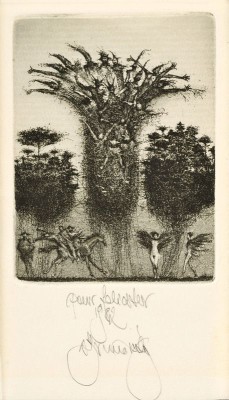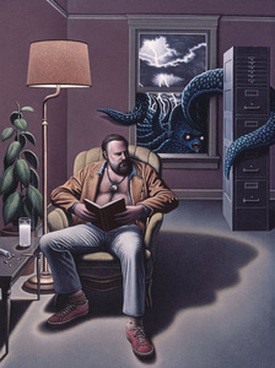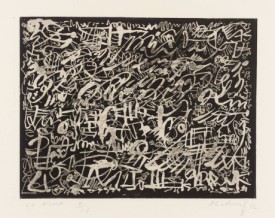Triptych – August 1972
Date: 1972
Art Form: Painting
Dimensions: 198.1 X 147.3 cm (77.99 X 57.99 in)
Serie: Black Triptychs
Francis Bacon’s Triptych - August 1972 (1972) consists of three panels that depict male figures in a domestic setting. The triptych is a popular format in Bacon’s art, and the format of some of his prominent works like Three Studies for Figures at the Base of a Crucifixion (1944), Three Studies for a Crucifixion (1962) and Study for Three Heads (1962). The three-part composition appealed to Bacon because of its ability to isolate and juxtapose the figures in a way that downplayed the narrative qualities of his paintings.
The central panel presents an entanglement of two bodies that likely depict a homosexual coupling. The motif of the central panel is similar to that of an earlier painting Triptych - Studies from the Human Body (1970) - the central panel of the painting portrays similar organic forms that meld into one. When talking about the motif in Triptych - Studies from the Human Body, Bacon stated that he wanted to ‘make an image which coagulated this sensation of two people in some form of sexual act on the bed’. Thus it is likely, he had similar intentions when painting Triptych - August 1972 (1972). Bacon composed this distorted image by adapting the pose from one of his favourite photographic sources, ‘Some Phases in a Wrestling’ from Eadweard Muybridge’s sequential photographs that were published in The Human Figure in Motion. Bacon owned a copy of the book, and has described these photographs as a ‘dictionary’ of human motion. The photographs were a source for earlier painting from the 1950s, Two Figures (1953) and Two Figures in the Grass (1954). In reviewing all of the paintings, Bacon’s figures gradually lose their separate identities and ultimately liquify into one another in the triptychs.
The painting Triptych - August 1972 along with In Memory of George Dyer (1971) and Triptych. May-June 1973 (1973) are at times called ‘The Black Triptychs’ (referring to the black backgrounds of the paintings). This grouping identifies these paintings as Bacon’s reaction to the 1971 suicide of his former lover and model, George Dyer. However, this grouping is sometimes challenged for being inaccurate or incomplete. Other works from the period such as Figure in Movement (1972) and Three Studies of Figures on Beds (1972) also deal with the events of Dyer’s death point to the fact that Bacon did not conceive ‘The Black Triptychs’ as a series. Furthermore, Hugh Davies (art critic who made the initial identification of the grouping) revised his position stating that Triptych, March 1974 (1974) is the final triptych of the series instead of Triptych. May-June 1973. Therefore, there is no clear evidence that Bacon intended these works to function as a sequence. In the case of Triptych August 1972, Bacon commented that he used black for the background for aesthetic rather than symbolic reasons.
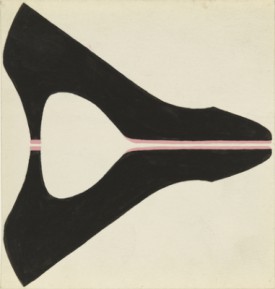
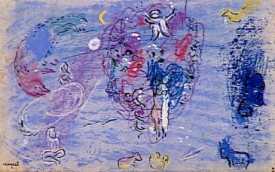

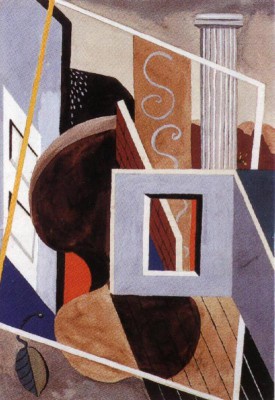



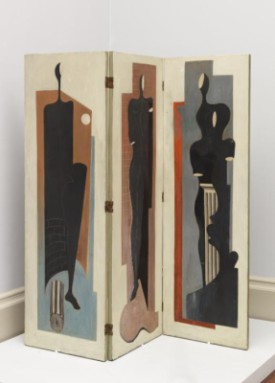

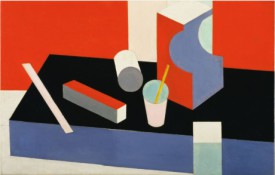
.jpg)


